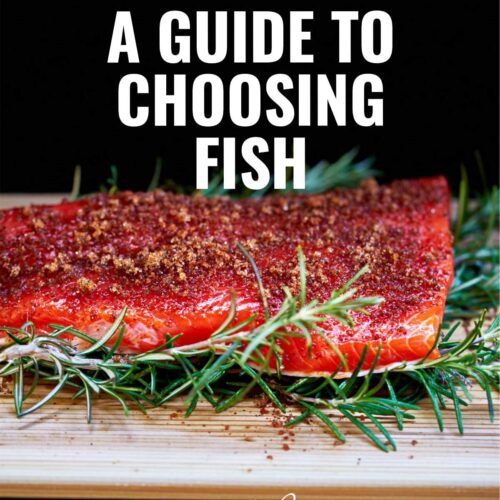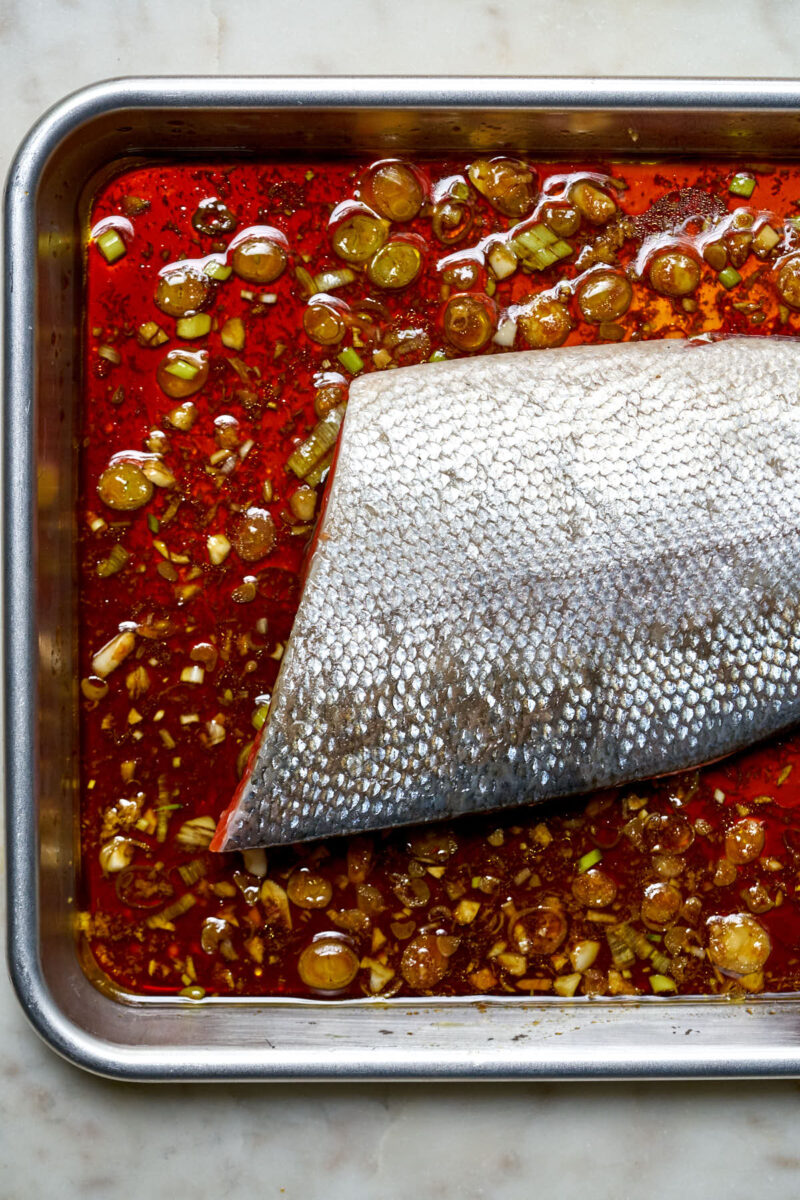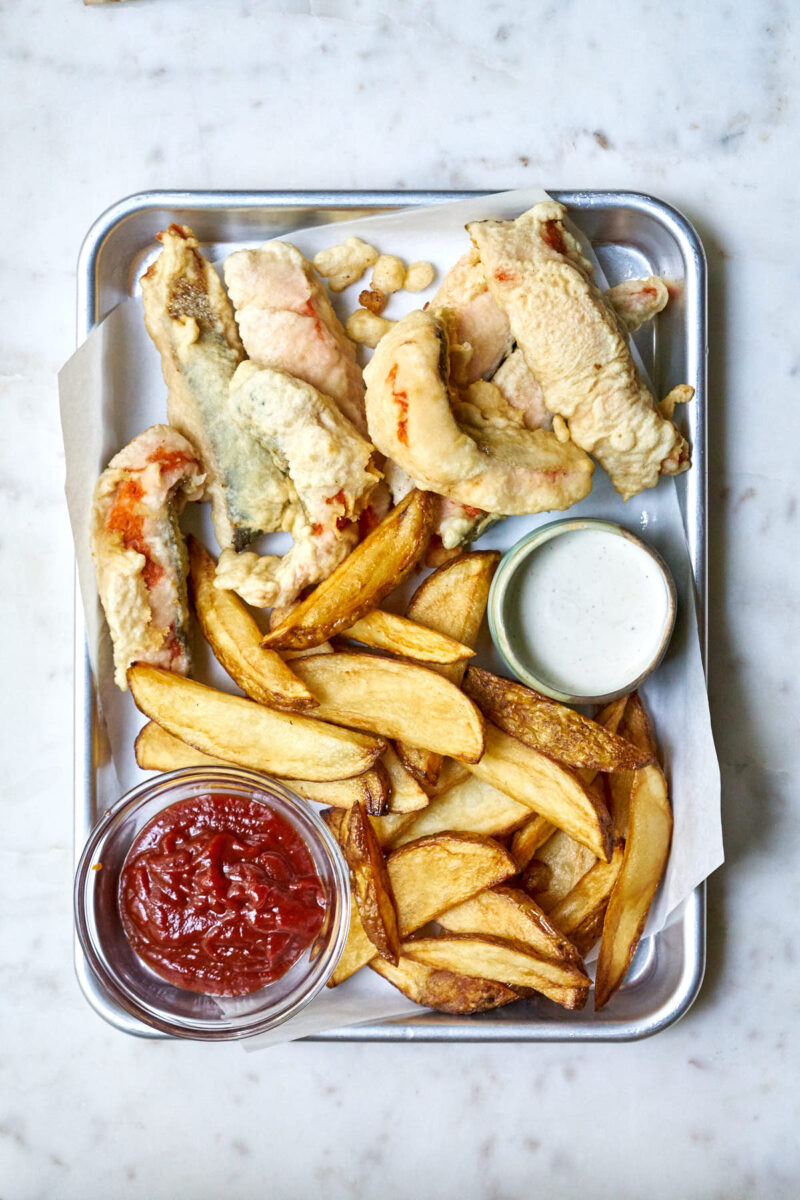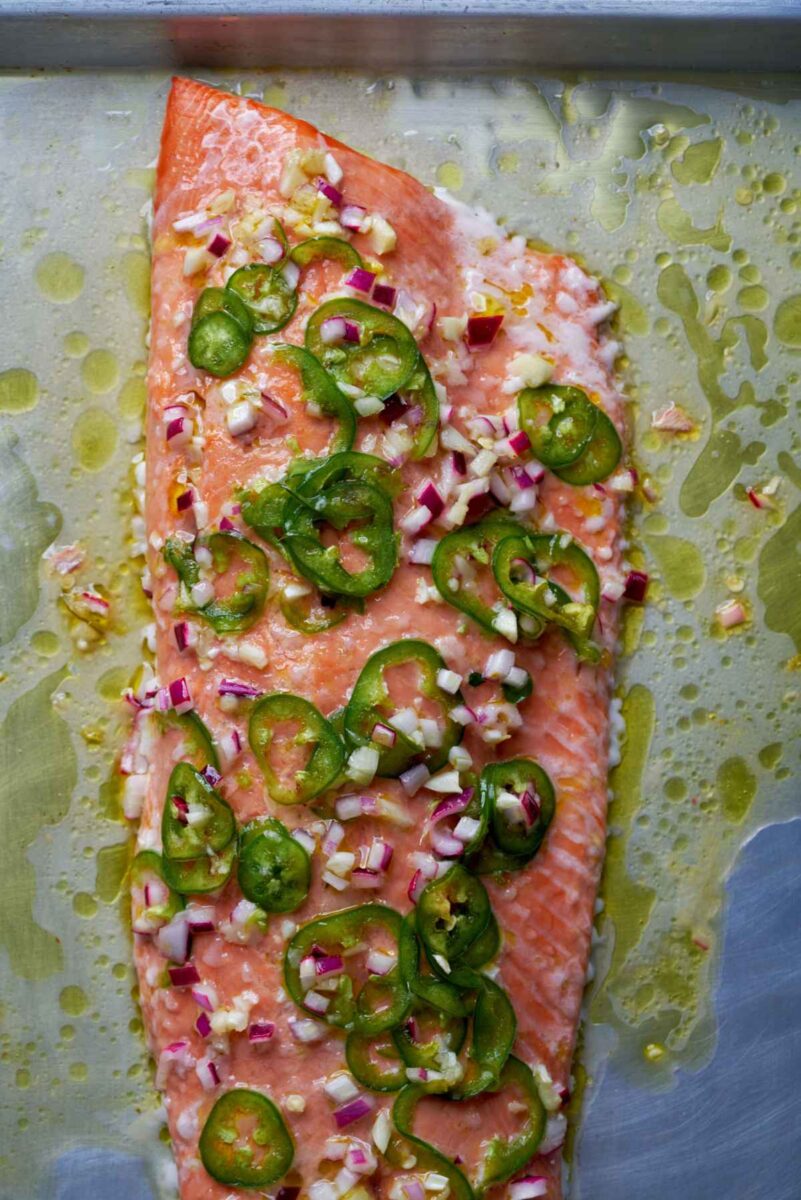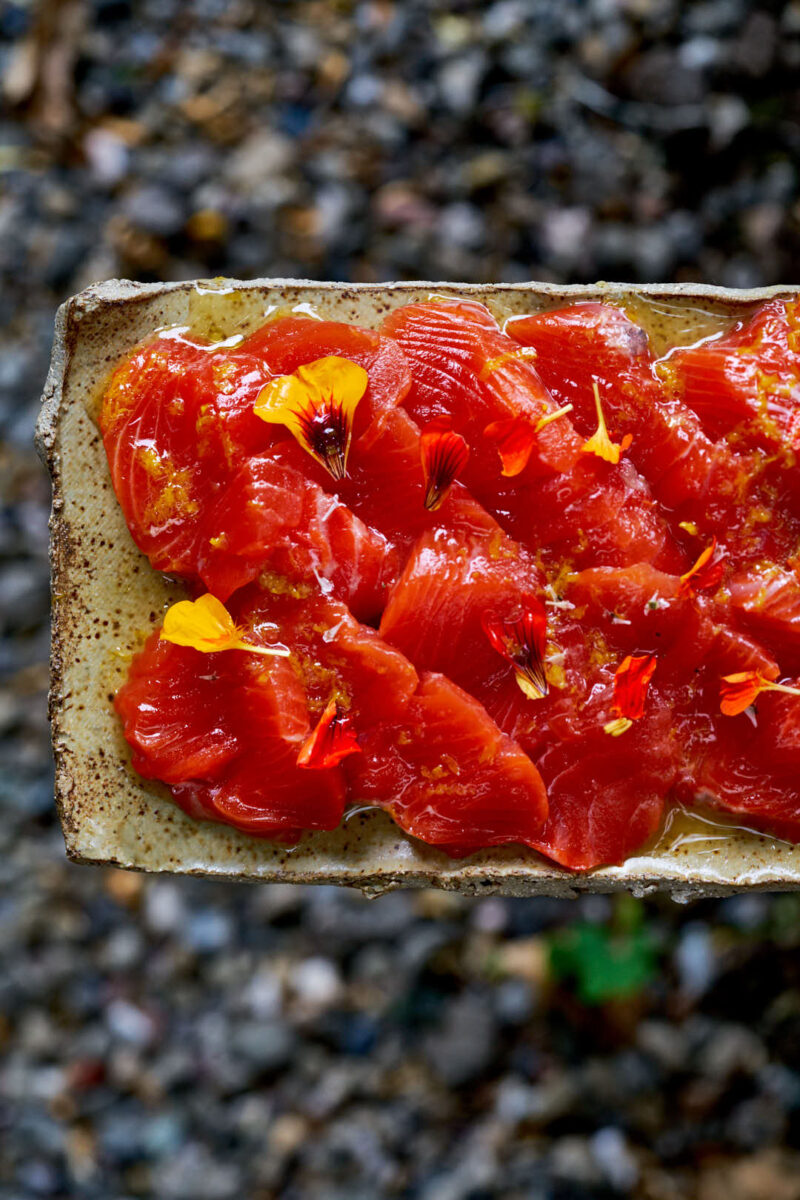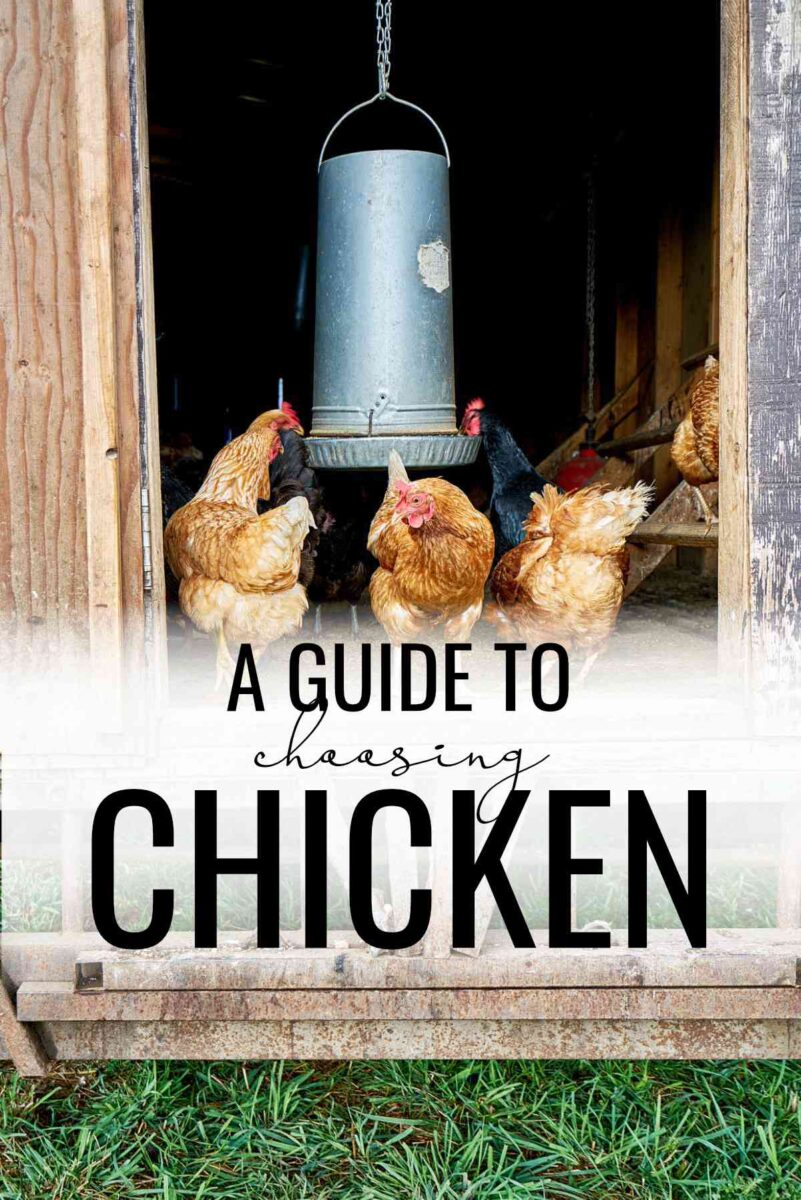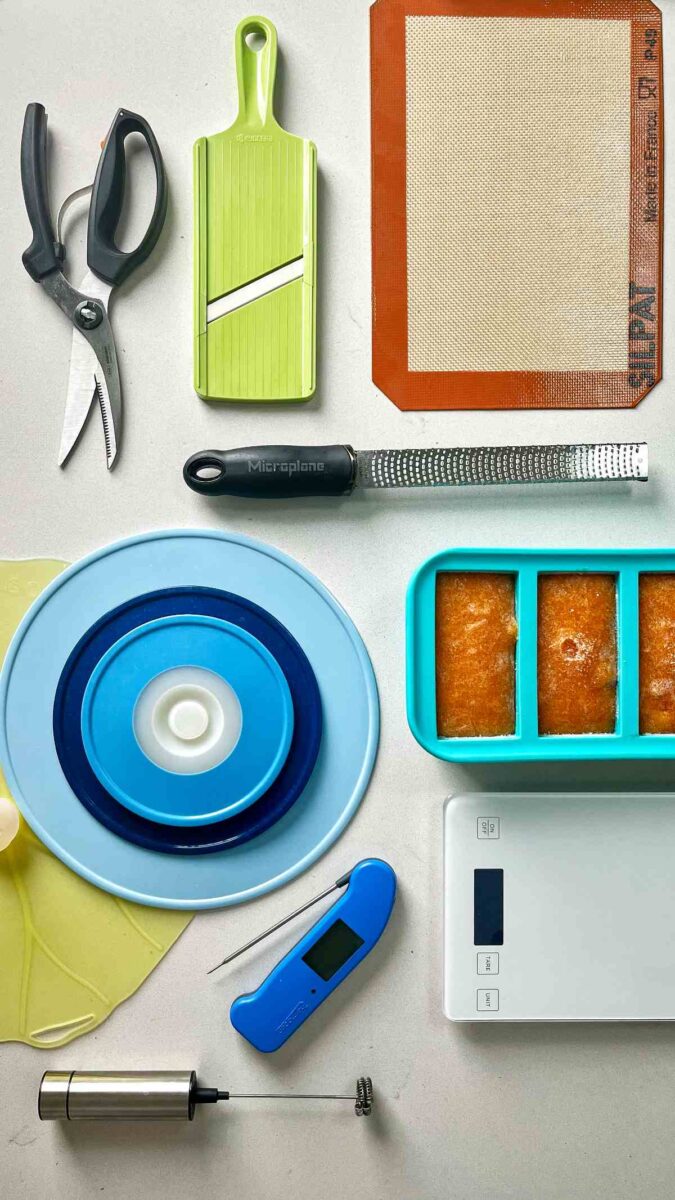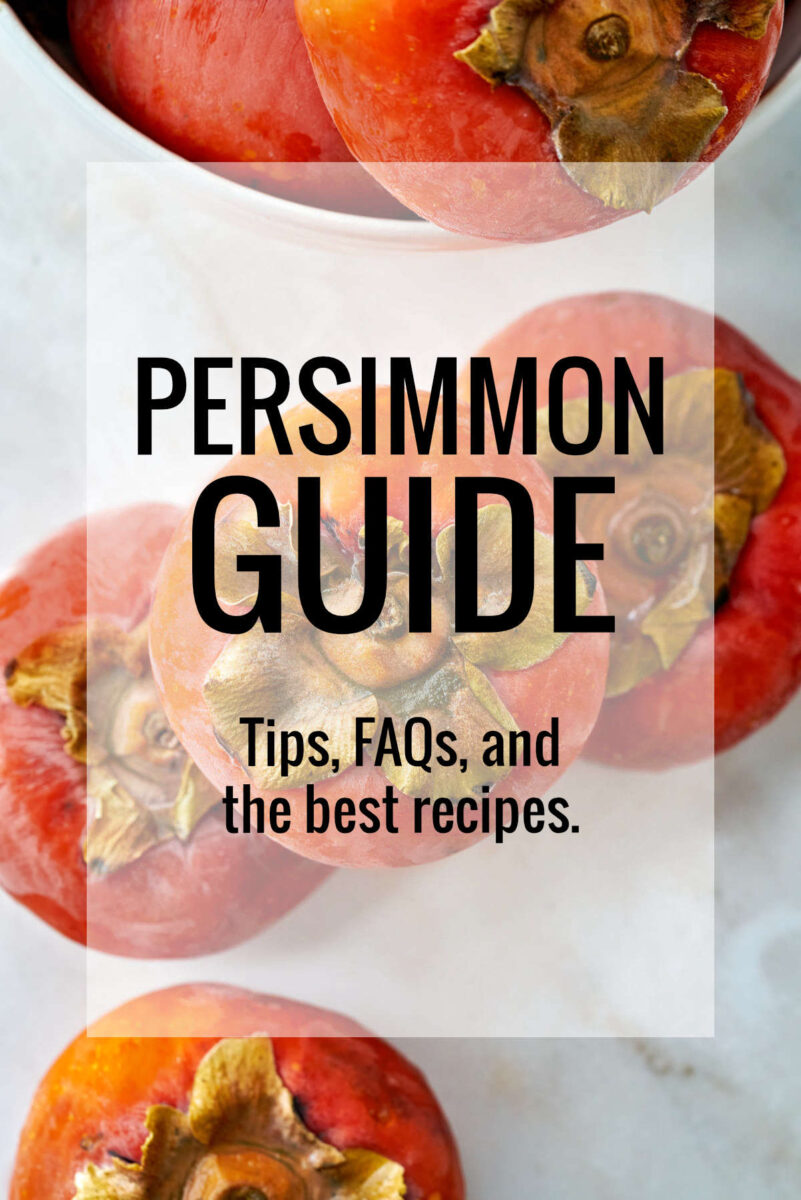On my journey with food, I’ve been curious and eager to explore the meaning of food sustainability, and how I can incorporate sustainable practices. Last year I was invited to visit the Copper River by Copper River Salmon to learn about Copper River heritage, practices, and so much more. It opened my eyes to the intricacies of sustainable fishing practices – I want to share my experience with you and pass on the knowledge!

Why Should You Care about Sustainable Fishing?
The way that we obtain and eat our food affects all of us: on both a micro level and a macro level. Sustainable fishing matters on the micro level as it impacts the quality and the availability of fish to us as consumers. In our own interests, we should care about the origin and quality of food that we are putting in our bodies.
We should also care about keeping a food source readily available and continuously available for years to come, which sustainable practices ensure. On the macro level, sustainable fishing matters in order to preserve the environments and protect key fish species that impact the larger ecosystem.
At every level, sustainable fishing aims to protect the fish, the environment, and us the consumer. It’s definitely something to get passionate about!
Getting to Know Copper River Salmon in Cordova, Alaska
At the mouth of the Copper River lies the small town of Cordova, where the Copper River Fishery is located. Cordova produces arguably the world’s finest wild salmon, fished from the fresh, clear, glacial waters of the Copper River. The Copper River produces three salmon species: Coho, King, and Sockeye. Every year, the mature salmon journey some 300 miles up to Copper River in order to spawn in the waters where they were born.
During salmon season, Cordova becomes home to an amazing community of small business owners: fishermen and women who practice traditional fishing methods. It was wonderful to learn about the heritage of the Copper River and all the community members whose livelihood depends on maintaining this ecosystem. I think it’s so important to see exactly where our food comes from and be able to witness the journey from its natural source to our dinner plates.
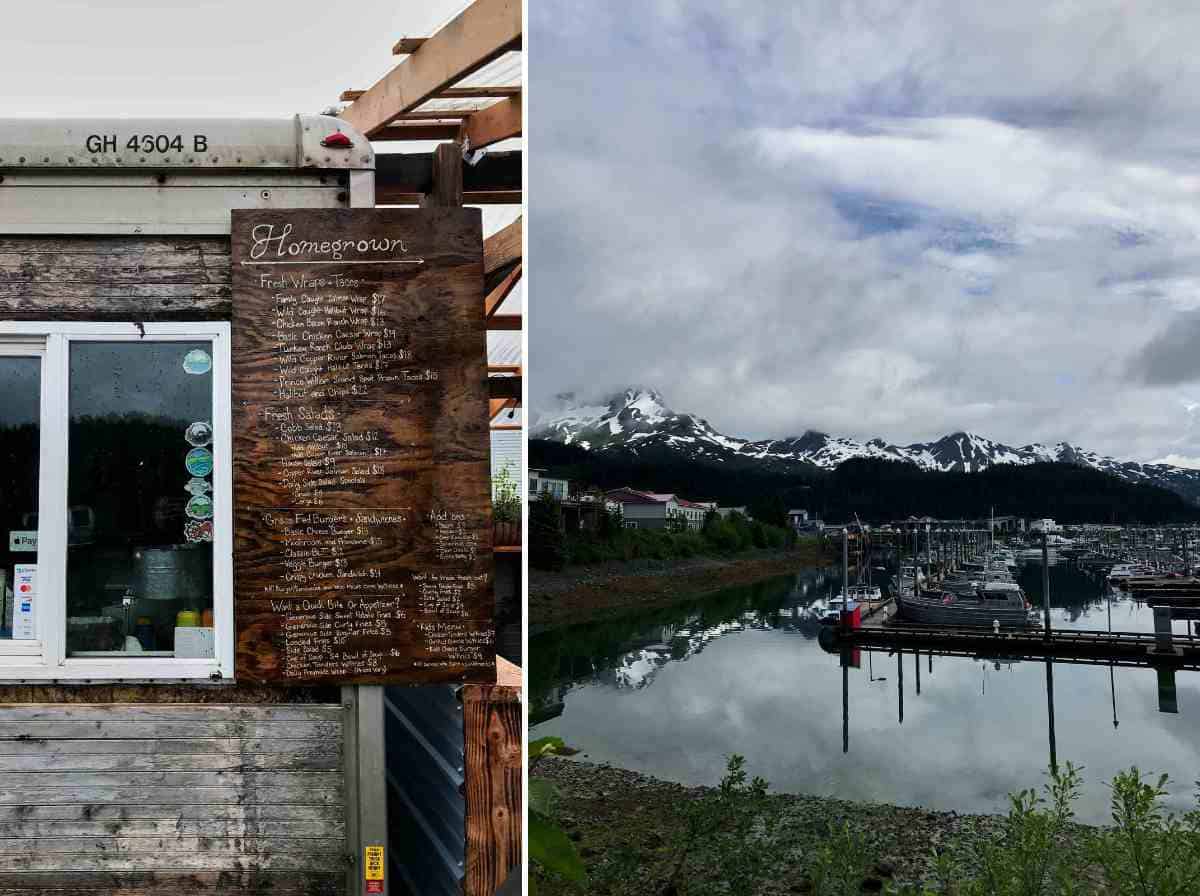
Sources: [Copper River Salmon, Fishing Booker]
How to Tell if Your Salmon is “Sustainable”
I am still in the process of researching as much as I can about sustainable fishing, because of my trip to Alaska, andthe greatest myth I had debunked on the trip was my belief that all sustainable fish had to be line-caught. Fish that are caught in a net can also be sustainable, as long as certain rules are followed. I asked a lot of questions and learned exactly what questions to consider when judging whether the fish you’re buying is sustainable.
1. Line Caught or Net Caught?
How the fish was caught is a good place to start when judging if it’s sustainable or not. Generally, methods such as trawling, purse seining, and longlining are not sustainable methods as they trap other species and can damage ocean habitats. Line-caught is considered a very sustainable method, but as I learned in Cordova, net fishing can also be kept sustainable as long as caution is taken not to over-fish.
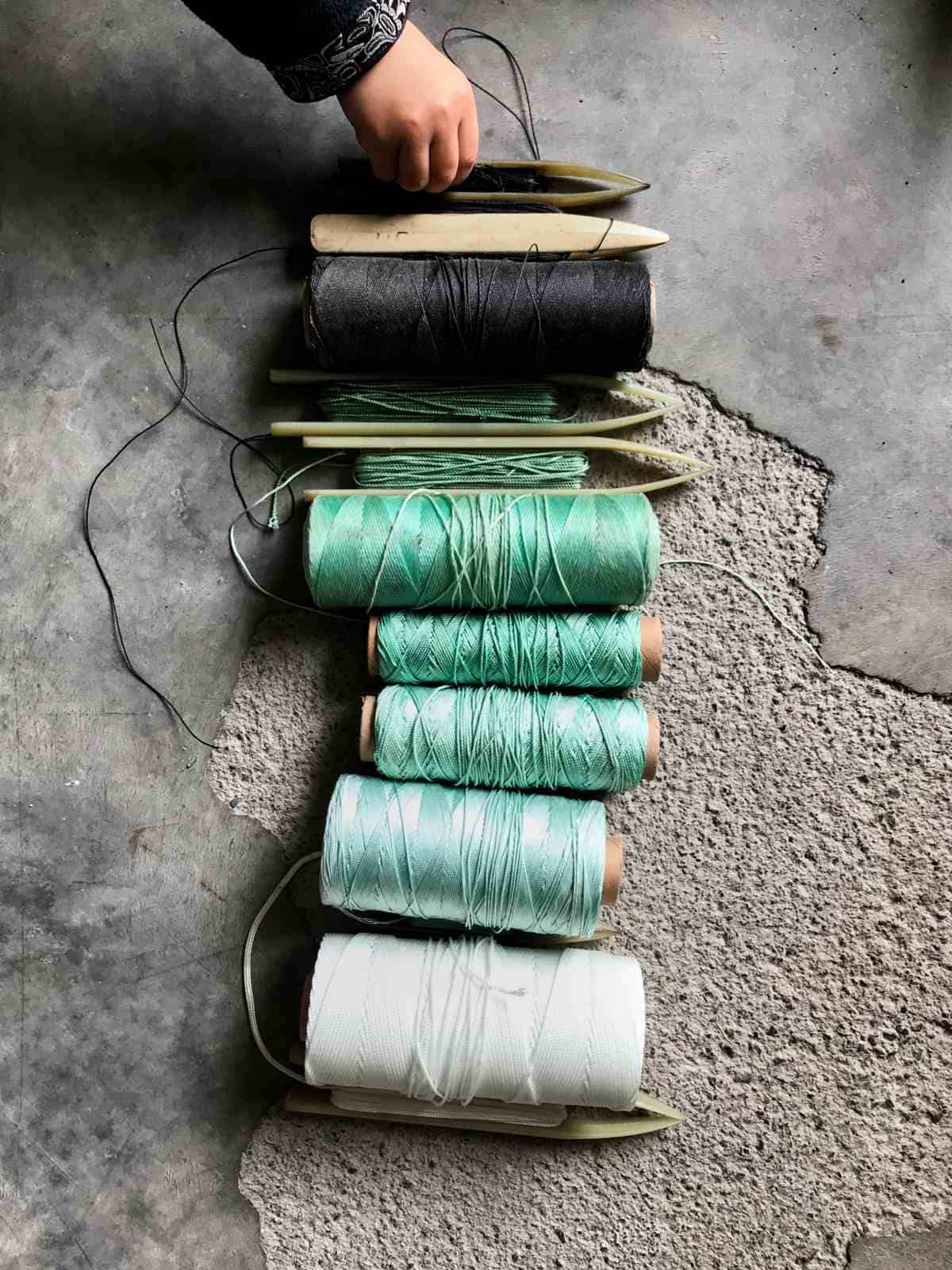
2. Fresh or Frozen?
We consume a lot of imported fish, and fish that travel great distances to us must be frozen in order to remain fresh and safe to eat. If a fish is caught and frozen on the same day, when it gets to us at home it has retained its freshness so it still tastes great. Fresh fish is fish that was caught and transported to the point of sale without ever being frozen, but this may not be an option if you live far away from a coast or natural source of fish.
There are benefits to buying your fish both fresh and frozen. Frozen fish is less expensive and more convenient, and a sustainable benefit is that it greatly reduces waste if bought in bulk. It does take more resources to produce and travels farther, but it can still be sustainably conscious when produced on a smaller scale.
Fresh fish is generally higher quality and is the better option if it is available to you and is locally sourced. However, fresh fish at the counter results in far more waste than frozen fish. No matter how sustainably the fish was caught and transported, if it doesn’t sell and goes in the trash then it was all for naught.
If you are looking to buy a high-quality piece of frozen fish, look out for the following:
- Check that the fish is frozen solid, with no liquid in the packaging.
- Pay attention to the terms on the label: fish labeled ‘previously frozen’ isn’t safe to go home and freeze yourself
- Ask how often the frozen fish is restocked, so you can make sure you’re not buying fish that has been sitting for a long while
- Raw fish, such as sushi, must be frozen before it is served or sold by law. Other types of fish can be frozen while they are fresh, or flash-frozen when caught. The label should tell you how quickly the fish was frozen. Flash-frozen is great as it preserves the quality of fish at its peak.
Sources: [The Washington Post, The Spruce Eats , FDA Fresh and Frozen Seafood]
3. Farmed or Wild?
A large portion of the fish sold in supermarkets and stores is bred in a fish farm, which is an artificial breeding environment where the fish are born and raised in small enclosures solely for human consumption. Wild fish is raised and caught in the wild before being caught and distributed.
Farmed salmon is a massive industry, as it allows large scale production of fish with greater efficiency and cost-effectiveness than wild-caught fish, but it comes with many downsides. Fish farming has long been criticized for maltreatment of fish; sometimes the fish are kept in extremely cramped conditions and farms utilize inhumane slaughtering methods that are unregulated.
Farmed salmon and wild-caught salmon also have very different diets. The farmed salmon are usually fed a fish meal composed of various grains, other smaller fish, fish oil etc. They are also fed supplements and antibiotics, and food coloring to help them achieve the deep pink that we associate with salmon (necessary because they aren’t consuming krill). Wild salmon feeds on a natural diet of krill and other small invertebrates. Because of the dietary difference, wild salmon contains much less saturated fat than farm-raised.
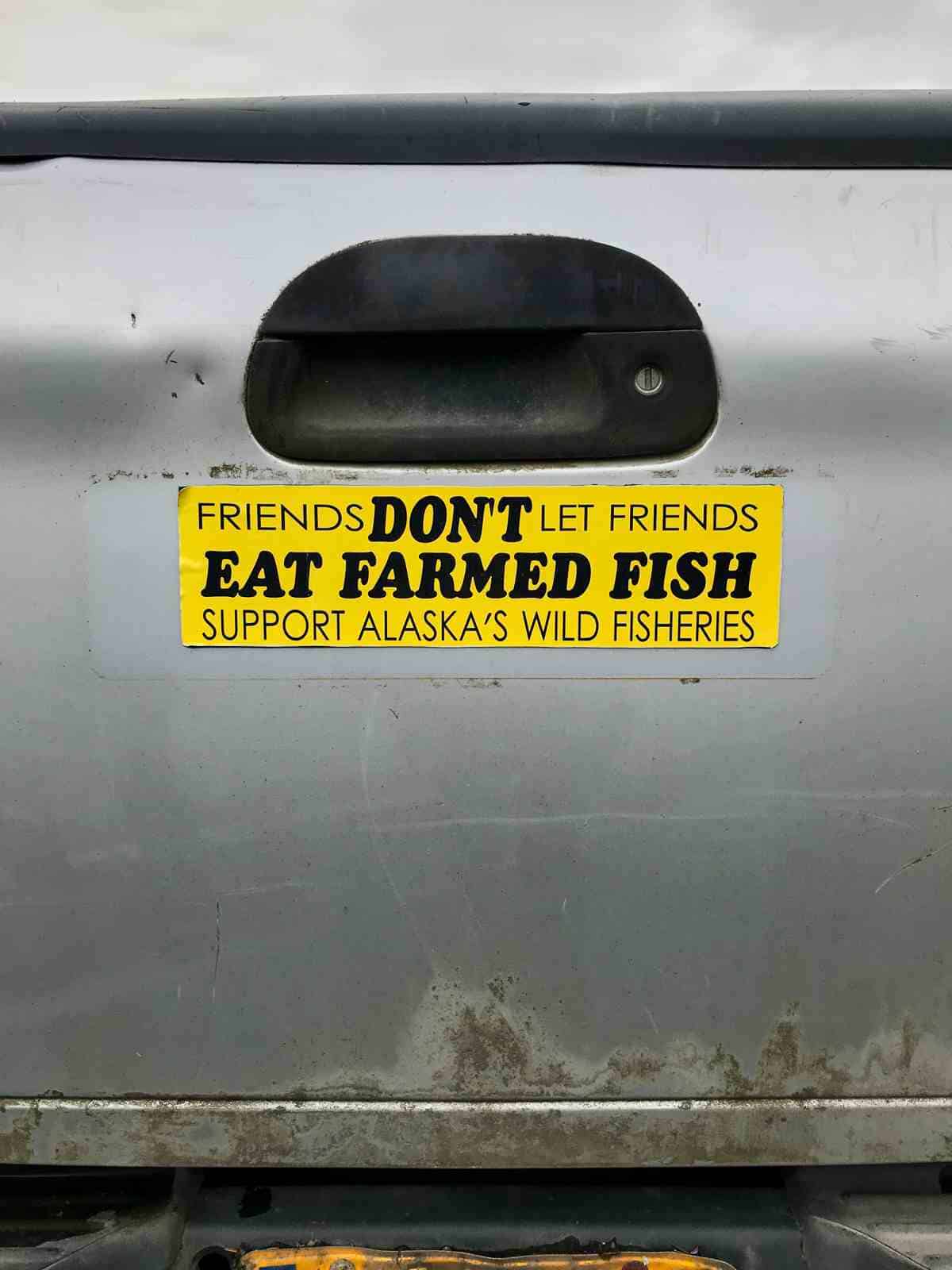
Responsibly caught wild salmon is the more sustainable option, but if farmed fish is the only fish available, you can look at the ingredients list to see what has been added to your fish and choose those with minimal ingredients added. Some farming operations are seeking to make their practices more sustainable, so do your research to find a farm whose methods are transparent. The Aquaculture Stewardship Council is a great resource for finding certified farms.
Sources: [Animal Welfare Institute, Aquaculture Stewardship Council, Seafood Watch, Stanford: Fish Farms]
4. Local or Imported?
The smaller the distance the fish has traveled to get to you, the less pollution it has generated in the process, and the more likely is it to be sustainable. When you can, find out where the fish is sourced from: ask or check the label to see whether it was caught locally or has been through a lot of transportation to reach you. If you can buy fish that was locally produced, that’s great! If not, still look out for the other factors of sustainability in the fish that you buy.
5. Packaged or at the Counter?
The packaging or information from a fishmonger can tell you a lot about the sustainability of fish. Observe the availability and transparency of information about the fish on the packaging: If the product is transparent about where the fish is from, provides details about it, has a certification such as one from the Marine Stewardship Council, then it’s much more likely to be sustainably sourced.
Research the reputation of the brand or manufacturer: If you like a particular brand, do some research on their fishing practices and sustainability ethos to see if you are comfortable with consuming their product.
When you buy from the counter, the benefit is that you can ask specific questions about the fish, such as where it comes from or how it was caught. You can ask if it has been frozen and thawed prior to sale, and get advice for the best ways to cook. It’s great to have this expertise to tap into but be warned that some fish counters won’t be all that knowledgeable about the fish they sell.
Sustainable Salmon Fishing Practices in Cordova
In Cordova, I learned that a huge part of sustainable salmon fishing is not overfishing the salmon. Aggressively overfishing means that the overall population is not maintained, and eventually, the total numbers dwindle. The salmon must be fished at a rate that allows them to continue reproducing and replenishing the population, thus allowing them to be fished for generations to come.
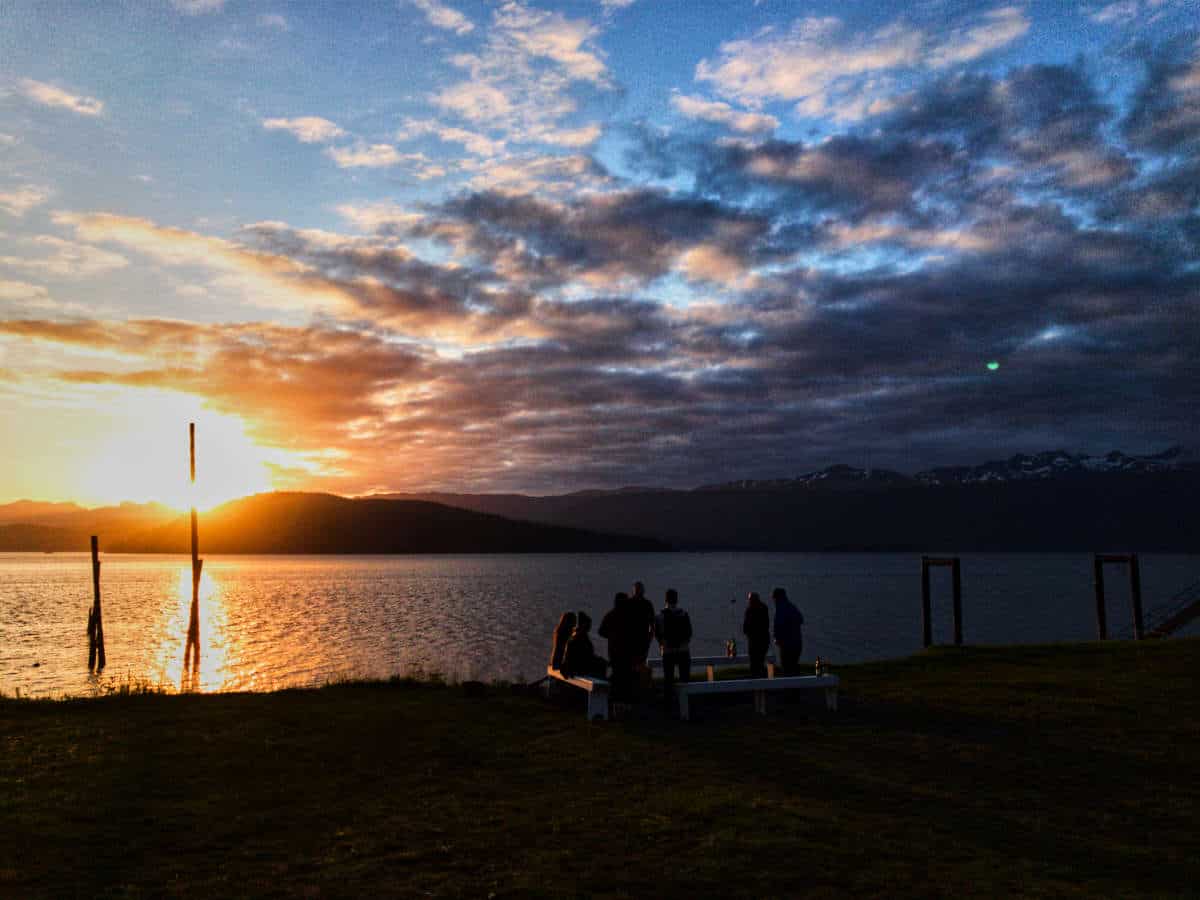
I spent time with some amazing biologists who count the salmon population with sonar. Imagine traveling out to the delta, building a fire, pulling a salmon straight out of the water to filet and cook it over the fire, all the while talking with biologists about sustainability. They shared with me how important their mission is to support the livelihood of the salmon industry in the area – the livelihood of every member of the community of Cordova.
They taught me so much about the local area, and how climate change is directly impacting the salmon’s ecosystem. The salmon in the Copper River are abundant, and only because of how closely the population is monitored, and fishing hours are so carefully regulated.
This is another important factor in sustainable fishing – employing fishing practices that do not damage the environment or affect the balance of the ecosystem. A classic example of this is fishing with nets that entangle other species in them.
Fishing in the Copper River is highly regulated, through sonar counting and through restrictions on who is allowed to fish, and when. The entire community, through every step, respects the salmon population and is dedicated to maintaining these sustainable practices.
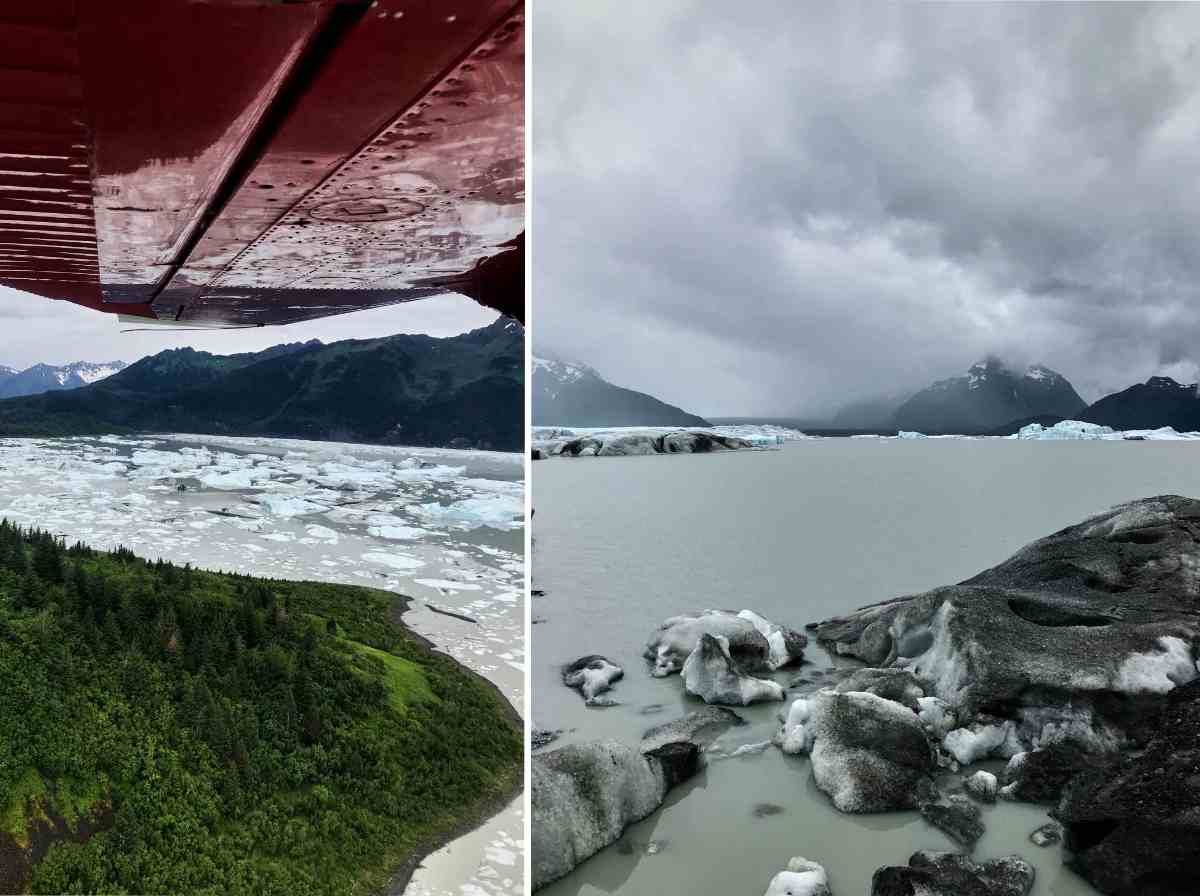
Why Sustainable Salmon Fishing Matters
I learned that we can absolutely enjoy eating fish without endangering or depleting it. Like any natural resource, the salmon population deserves to be respected, protected, and maintained. When it is, we are the ones who reap the benefits. And that’s what Copper River Salmon is all about. They are a non-profit organization that acts as a caretaker for this precious resource.
Sustainable salmon fishing matters in particular because they are a keystone species. This means they are a species that their larger ecosystem greatly depends on. If they are not protected, the entire ecosystem would change dramatically, likely for the worse.
I felt privileged to get to spend time with and learn from biologists, fishermen, locals, and craftsmen who showed me just how much I have still to learn about food sustainability, and how unique sustainable practices are to each area and industry.
They gave me a unique perspective of their daily lives and the role they play in their community. I loved chatting to one of the craftsmen who mends the fishing nets, learning about how even something small but significant like repairing (rather than discarding) the fishing nets contributes to sustainability.
The community taught me that we can eat fish responsibly, but we have to do it in the right way. A thriving fishery takes a village to maintain, and that includes us as consumers. Consumers can play a part by actively learning and asking questions about sustainable production.
Increasing our knowledge of where food comes from helps us make more informed decisions about the products we purchase, and from where.

If you’d like to learn more, there are some great resources out there. See below for some that I have found particularly useful in my own research and for this article:
The Cost of Sustainability
I truly believe that we should love what we eat: we should be enjoying and appreciating every morsel of our food. I feel so much more excited by my food when I know where it came from, and when I chose exactly the thing that I wanted.
It makes me feel lucky that I, the consumer, have a choice as to what I buy and what goes into my body. I get to decide. When we know we are putting incredible ingredients and nutrition in our bodies, then we relate to that eating experience differently.
I know that the higher price point of sustainable fish is a huge barrier that often prevents people from buying it. I think it’s important to acknowledge financial barriers to buying certain foods and to discuss ways we can mitigate the higher price to make it possible for everyone to enjoy sustainably sourced fish. Sustainable food should excite us and not make us feel guilty about how much we spent on it.
Personally, I have found that adopting the idea of eating in moderation and reducing portion sizes of certain foods has helped me eat more sustainable products, and offset the higher price tag. For example, I love salmon, and enjoying it once a week rather than two or three times a week allows me to be more mindful about the salmon that I buy.
Buying less often means I can afford to spend a little bit more on a sustainably sourced piece. It also means I purchase salmon at a rate that helps sustain the livelihoods of the community, and not at a rate that hikes up demand, putting pressure on the industry to overfish in order to keep up with demand.
It may not be the right thing for you to swap out every part of your diet for a sustainable counterpart. I think it’s much more realistic to pick a food item in your diet that you are curious to learn more about and dedicate some time to putting the research in. My relationship with Copper River was born because I was genuinely interested in learning more about where my salmon came from, and it was meaningful to me.
Salmon Recipe Inspiration
If you’re looking for some exciting ideas to try with salmon, I suggest trying one of the recipes linked below recipes to get you started. I really like to coat my salmon in batter and fry them for classic fish and chips, or for Baja-style fish tacos! I also have a great appreciation for the taste of fresh salmon just as it is, served raw with complementary flavors. Tea cured salmon is a favorite, or served with a simple marinade of olive oil and citrus juice.
I love hearing from you! You can also FOLLOW ME on INSTAGRAM, TIKTOK, and PINTEREST to see more delicious food and what I’m up to.
Read More
…or check out all the Proportional Plate travel & lifestyle articles here.

